Difference between smudging and hatching
I worked with a new charcoal, Creta Color compressed charcoal, soft and medium. This was a challenge as my old charcoal is discontinued. It is a different material and very difficult to work in layers. The compressed charcoal from Creta Color isn’t oily enough, but it’s still the best on the market at the moment. I use two different charcoals of different hardness, which makes the drawings different in colour. The soft charcoal is very black and has a tendency to smudge/ shade (I like it more when shading is done by hatching). However, the medium compressed charcoal is too grey, not real black. Hence, I have to play with both.
What is smudging in a drawing?
Smudging is a technique of shading. A shading is first made on paper, then a finger or a soft material like a piece of cloth is used to smear the shading to make it smooth and well blended. Personally, I find it a dull way to make something dark, sometimes losing space.
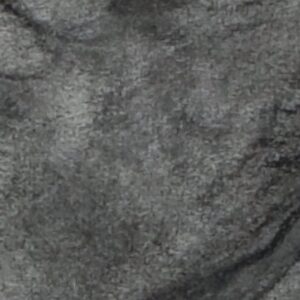
What is hatching in a drawing?
Hatching is a drawing technique of lines drawn next to each other. The closer together the lines, the darker the area becomes. The further apart the lines, the lighter the area is. There are different ways of hatching:
– Parallel Hatching consist of row parallel lines placed closely to each other. I use it to put something far away in perspective.
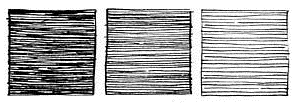
– Cross hatching consists two opposite rows of parallel lines closely to each other. I use it a lot in my etching in the background but for human body I prefer contour hatching.
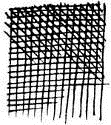
– Contour Hatching rather than simple parallel lines, contour hatching is when the lines follow the contours of the subject, the hatch marks follow the curves of the leg. This method of hatching greatly enhances the sense of volume and tree- dimensionality of you drawing, in addition to providing value. A master in this is Andrea del Sarto, his round hatching is in different direction. Michelangelo’s contour hatchings are done by a left- hand and mostly one direction. If you are right-handed, and you want to copy Michelangelo, you need to flip the drawing. One side hatching is easier than both sides.
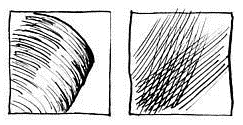
– Scumbling and Random Hatching
Scumbling, often called the ‘brillo pad’ technique, uses layers of small calligraphic, scribbled marks to build up value and texture. Varying the direction and shape adds more interest than a simple circular scribble. Random hatching uses layers of short, straight marks. Various textures result depending on whether these short hatches are applied vertically, at right angles, following a contour or at random angles. I don’t use in my drawings but sometimes in my etchings.
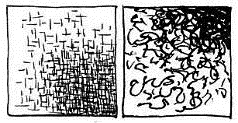
In my drawing I try to use them all, and if I smudge, it is more from the kneading rubber to make something lighter and softer.
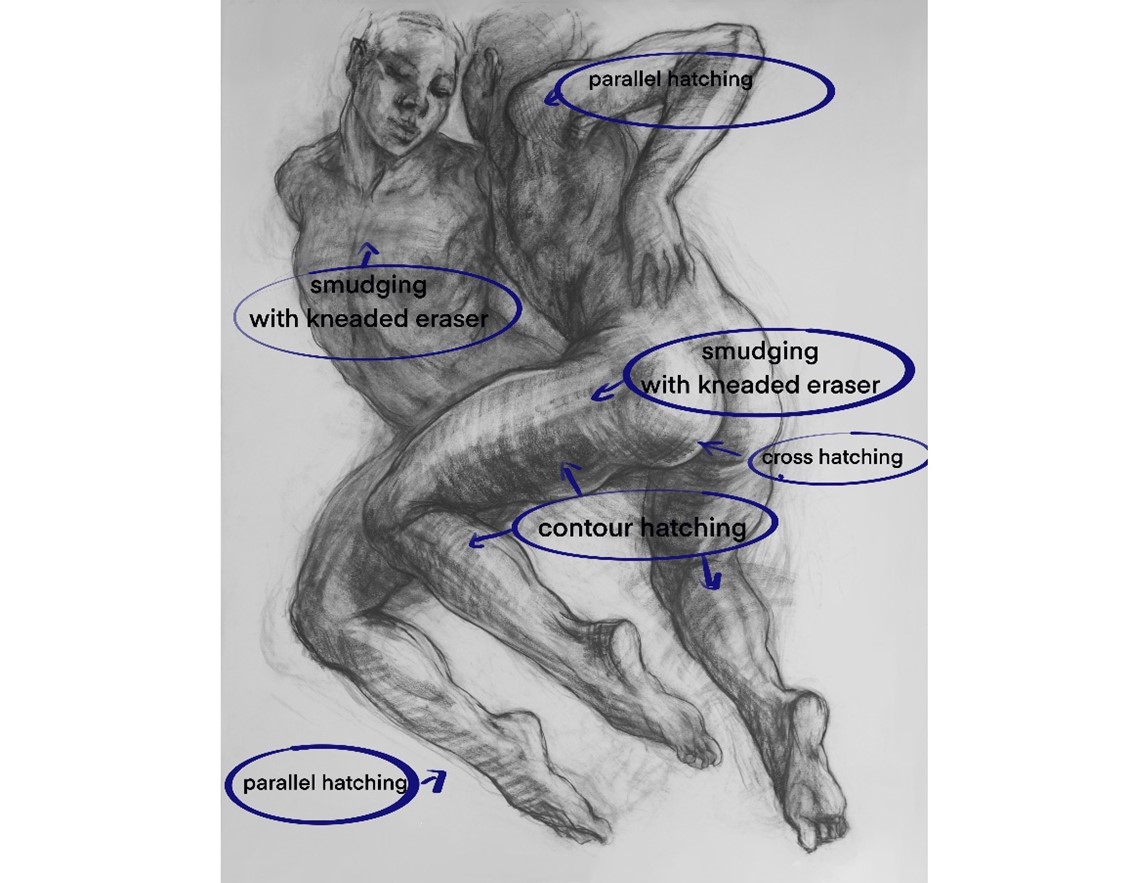
Drawing by Noella Roos

Example of contour hating.
Domenico Beccafumi [1486-1551] Italian Studie of legs and male nudes. Pen and brown ink, 21.4+14.6 cm